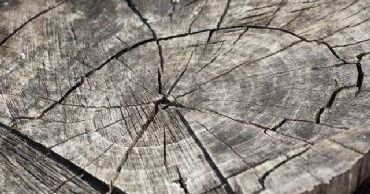After a tree is removed, there are a few important steps to consider to ensure your land is safe and ready for future use. One of the main concerns is dealing with the tree stump and reclaiming the land. Let’s look at what happens after tree removal, including stump removal and land reclamation.
Tree Stump Removal
Once a tree is cut down, a stump is often left behind. This can be an eyesore, taking up space in your yard. Stumps can also be a safety hazard, especially for children or pets who might trip on them. To get rid of the stump, you have a few options.
One option is to grind the stump down. A tree stump grinder is a machine that shreds the stump into small pieces. This is a quick and effective method. The grinder will remove the stump below ground level, leaving you with a smooth surface that can be used for other purposes.
Another option is to remove the stump entirely. This is a more labor-intensive method where the stump is dug out and pulled from the ground. It can be more time-consuming and expensive but may be necessary if you want to plant something new in that spot.
There’s also a natural way to deal with stumps, which involves allowing them to decompose over time. This process can take years, and it’s not always ideal if you need the space right away.
Land Reclamation
After the stump is removed, the next step is land reclamation. This involves cleaning up the area and preparing it for new use. The ground may be uneven after stump removal, and the soil might need to be replenished. Sometimes, the soil can become compacted from the stump removal process, which can make it difficult for plants to grow.
To reclaim the land, you’ll want to level the ground. This could involve adding fresh soil or compost to fill in any holes left by the stump removal. If the area is large, you might need to grade the land to make it even.
Once the land is level and the soil is healthy, you can choose what to do with the space. Many people plant new trees, flowers, or shrubs to enhance the landscape. Others might choose to install a garden, patio, or lawn.
In some cases, especially when the tree removal was done because of disease or pest problems, it’s important to inspect the soil for any lingering issues. If necessary, soil treatments may be applied to ensure it’s safe for new plants or structures.
In conclusion, after Tulsa tree removal, stump removal and land reclamation are key steps to making your yard safe, functional, and ready for whatever you decide to plant or build. Whether you choose to grind the stump, remove it entirely, or let it decompose, taking care of the land afterward will ensure a beautiful and usable space for the future.



